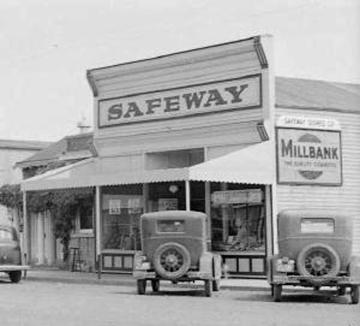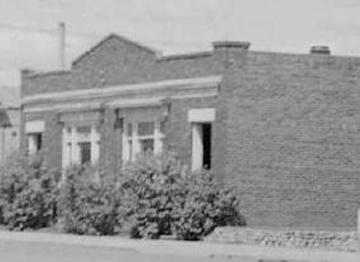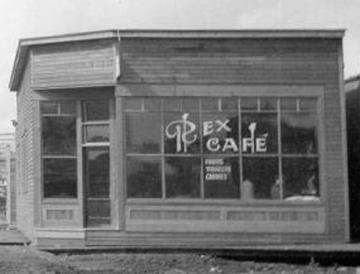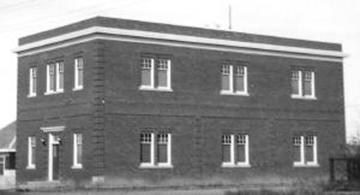The Grand Coteau Museum, was organized on December 6, 1931 by members of the Canadian Club. At that time, a willing group of individuals met to establish the museum in order to preserve a part of history before it disappeared. This vision led to the establishment of an extensive natural history and historic collection housed in a former two room school house located on the north side of the Shaunavon Public School grounds. This foresight was a tribute to the volunteers who were in charge of various fields of interest. Each department at the time was headed by a volunteer who had the authority to add to his staff of assistants in order to increase the collection and display of artifacts. Some of these departments included: bird, insect, and animal life, geology, paleontology, natural resources, “curios” and botany, police and pioneer life. The volunteers included Judge S.A. Hutcheson (chair), Joseph C. Hossie (vice-chair), Elliott Neese, W.A. Mitchell, Robert L. Sanburn, Jack F. Hughes, Chas. F. Holmes, Dr. Harry V. Morgan, B.W. Wallace, J.Russell Martin, Stanley Coxon, Frank O. Bransted, and Horace M. Underhill to name just a few.
The museum remained active until 1936 with a large group of volunteers. From 1936 to 1957, however, activity and volunteers declined. Frank Bransted remained the sole volunteer willing to tour visitors through the collection. In 1957, interest was again active and a revival of the museum was undertaken. The school board sold the building to the Town of Shaunavon for the costly sum of $1.00. The building was moved to its present site on Centre Street with assistance from the Chamber of Commerce, the Town of Shaunavon an d the Shawnee Club. The building was renovated and its operation turned over to a management committee with representation from the Town of Shaunavon, Chamber of Commerce, various local school boards the Shawnee Club and two members at large. The committee began their work in July of 1959 and the museum was officially re-opened in 1963 in time for the Town of Shaunavon’s 50th Anniversary.
Since 1963, ideas were already expressed to incorporate a library and the need for more space was becoming an issue. In 1973, preliminary plans were initiated to provide more space, particularly to house heritage artifacts. A comprehensive cataloguing system was also a part of the new plans and in June of 1976, a more extensive cataloguing system was instituted. In 1977, the Grand Coteau Management Committee presented a proposal to the Town Council to have the museum enlarged to include an art gallery, and a branch of the regional library. The plan received approval and the new municipal facility was opened on July 12, 1980 under the guidance of a Board of Directors with one staff person hired as Curator.
Today, the Grand Coteau Heritage & Cultural Centre includes the Shaunavon Branch of the Chinook Regional Library, an art gallery, a natural history and heritage rooms as well as a community meeting space. The Centre is open year round and continues to provide visitors with a variety of cultural experiences. The cataloguing system has again, been updated and computerized, school tours and research have become an integral part of the operations as well as a number of other projects in order to reflect the growing interest in heritage.





















